6 Michigan National Parks and Sites to Visit for Stunning Landscapes and Fascinating History
From long scenic trails to sites devoted to American history, here's what you need to know about Michigan's national parks.
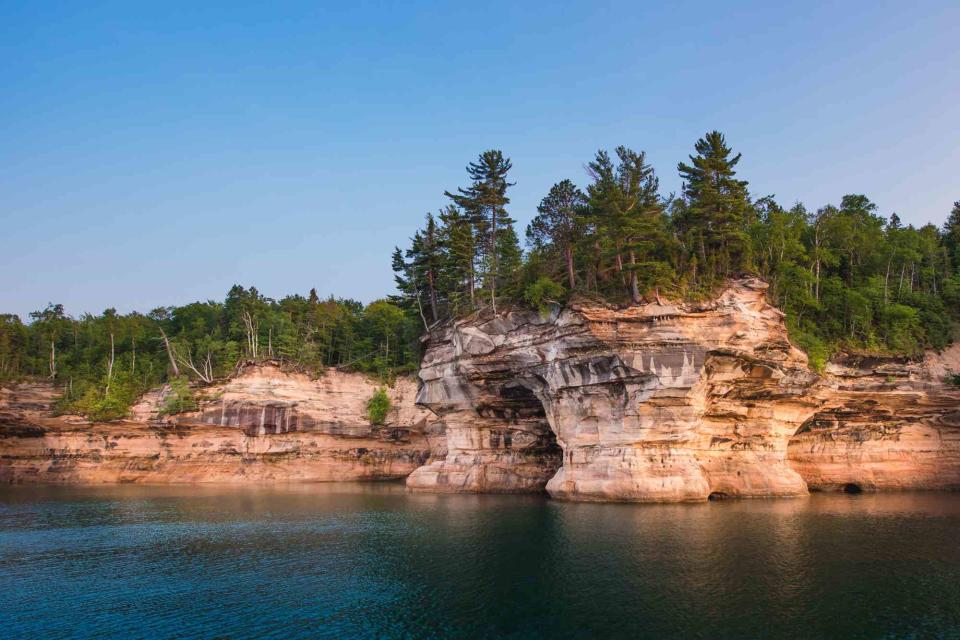
moncsicsi/Getty Images
Whether it’s zipping through a snowy forest on cross-country skis or “surfing” down sand dunes, Michigan’s six National Park Service-managed sites offer exciting activities and beautiful landscapes at any time of year. They are home to Great Lakes, beaches, scenic trails, and sites memorializing historic events, including the country’s first copper mining boom, which took place in the Keweenaw Peninsula, and War of 1812 battles that occurred near modern-day Detroit. Whether you crave a day in the great outdoors or want to dig into American history, there’s a park (or two) for you. Here's what to know about national parks in Michigan.
Isle Royale National Park
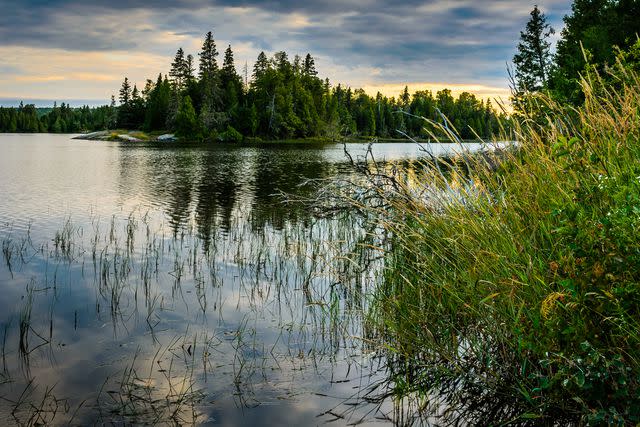
Posnov/Getty Images
Isle Royale National Park is one of the country’s least-visited national parks, though its sparse number of visitors has nothing to do with its inherent beauty. The park can only be reached by ferry or seaplane, and it’s only open from April 15 to Nov. 1. Tucked into Michigan’s Upper Peninsula and spanning 132,018 acres in the middle of Lake Superior, this car-free national park can only be explored on foot, whether you hike during the day or backpack overnight. (Visitors can utilize lean-to shelters or tents for overnight camping.) Kayaking is a popular park activity, though the waters can be rough and cold. Visitors can bunk in one-room cabins at Windigo Camper Cabins or stay at Rock Harbor Lodge, the park’s full-service hotel.
North Country National Scenic Trail
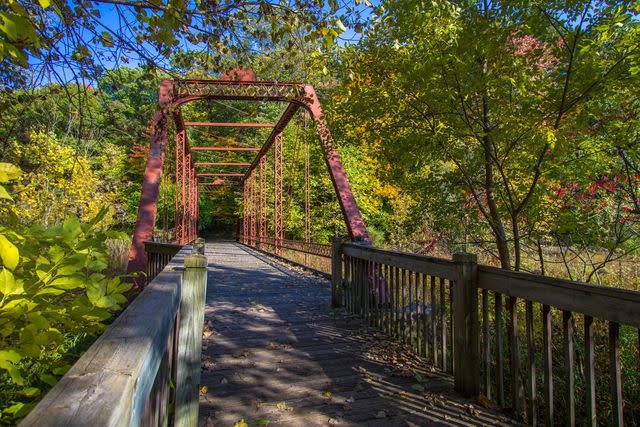
ehrlif/Getty Images
Michigan is among the eight states this 4,800-mile trail passes through on its path from Vermont to North Dakota. While not as well known as the Pacific Crest Trail or the Appalachian Trail, it’s actually the longest of the National Scenic Trails. On-route activities include hiking, backpacking, snowshoeing, and cross-country skiing. Management is provided by the North Country Trail Association, which publishes trail alerts, maps, and news of outdoor events on its website. While it’s unlikely you’ll thru-hike all of it, Michigan’s Upper Peninsula portion is 550 miles alone, with an additional 600 miles in the Lower Peninsula. Hike past farmland, lakes, and forests on the southern Michigan portion, which stretches from the Kalamazoo/Berry county line to the Ohio/Michigan border.
Sleeping Bear Dunes National Lakeshore
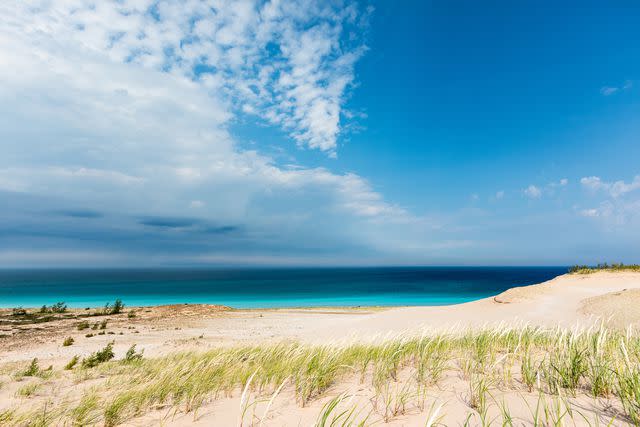
csterken/Getty Images
Whether summer or winter, people enjoy surfing or sledding down the 450-foot-tall sand dunes that give this park near Traverse City its name. Sleeping Bear Dunes National Lakeshore, located on North Manitou Island, hosts the world’s largest collection of sand dunes along fresh water, snug against 35 miles of Lake Michigan shoreline. Twenty miles of trails easily fill a multi-day itinerary, with hiking available during the warmer months and snowshoeing and cross-country skiing available after a snowfall. Swimming is also a popular activity, as is exploring the South Manitou Island Lighthouse and Port Oneida. Camping availability depends on the time of year — the northern and southern Manitou Islands welcome campers between Memorial Day and Labor Day, while winter camping is an option at White Pine Backcountry Camp. Platte River Campground and D.H. Day Campground remain open from May 1 through late fall.
Related: You Won't Believe This Gorgeous Island Is Just Off the Coast of Michigan
Pictured Rocks National Lakeshore
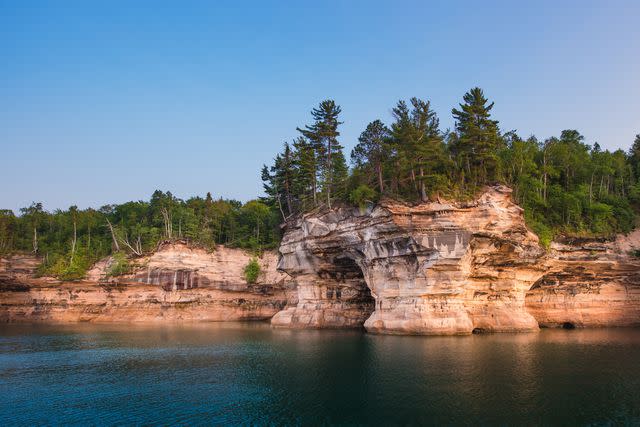
moncsicsi/Getty Images
While you can do all the typical activities at this national park— hiking, camping, cross-country skiing, and snowshoeing — you can also do something totally unique here: take a shipwreck tour. Hop onto a glass-bottom boat or slip into scuba gear to witness the haunting remains of ships that wrecked in Lake Superior. The park’s 300-foot-tall sand dunes and the 15 miles of the Pictured Rock Cliffs (that appear to be painted due to their bright hues) are both serious eye candy. The park is also home to three waterfalls: Miner Falls, Munising Falls, and Sable Falls, the easiest to access, and three campgrounds. Autumn is a popular time to trek to the park — you’ll want to start near Munising Falls on the northern tip of the Upper Peninsula, as the fall foliage there is stunning. Climbing the tower at the Au Sable Light Station (built in 1873-1874) on the southern shore of Lake Superior provides an even better view.
Keweenaw National Historic Park
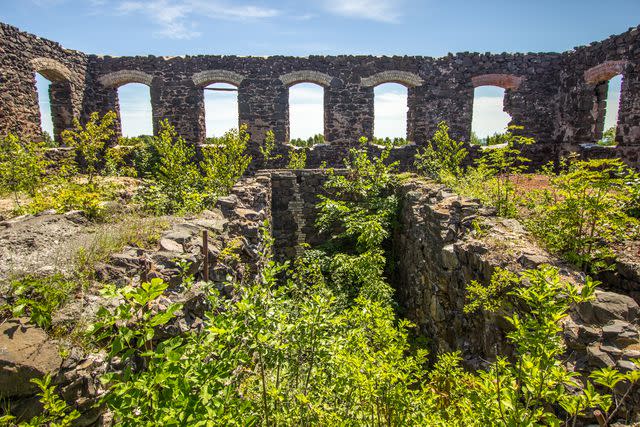
ehrlif/Getty Images
This Upper Peninsula park, which hosts 21 historic sites in Calumet along the Keweenaw Peninsula, is full of interesting American history. It’s home to the world’s oldest and largest lava flow, and Native Americans mined copper here starting 7,000 years ago (these mines were in operation until the middle of the last century). This park was established by President George H.W. Bush in 1992, and it functions as more of a historical site than an outdoor recreational area. Visitors can take a self-guided tour of an early-1900s opera house that still hosts shows today, explore a 45-room mansion built in 1908, and check out four (now restored) log cabins. Also in the park are the Delaware Copper Mine, which was in operation from 1847 to 1887, and the Finnish American Heritage Center & Historical Archive, which tells stories about those who emigrated from Finland to this area of Michigan.
River Raisin National Battlefield Park
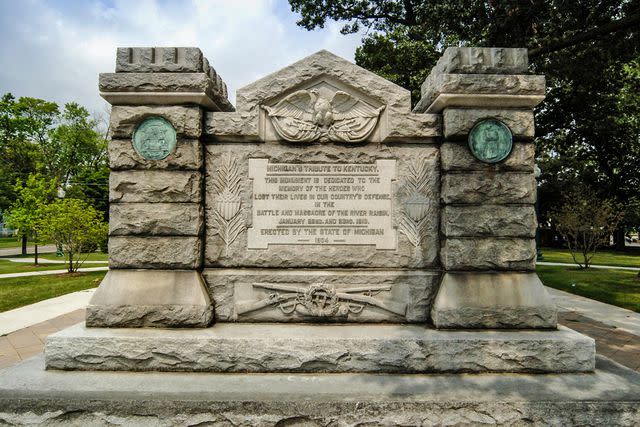
csfotoimages/Getty Images
Like Keweenaw National Historic Park, River Raisin National Battlefield Park serves to educate about the state’s history. Because it’s only 35 miles from Detroit, there are several nearby hotels, and it makes for a great day trip from the city with eight miles of paved trails. It’s the only National Park Service unit dedicated to sharing stories about the War of 1812. Through preserved cannons and monuments, history buffs can learn more about the River Raisin Battle that took place in the winter of 1813, which forced the relocation and assimilation of the Native Americans who lived here. The visitor center plans to unveil new exhibits later this year.
For more Travel & Leisure news, make sure to sign up for our newsletter!
Read the original article on Travel & Leisure.

